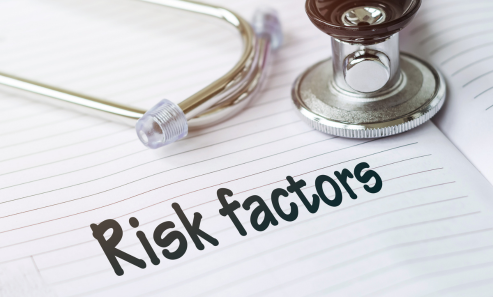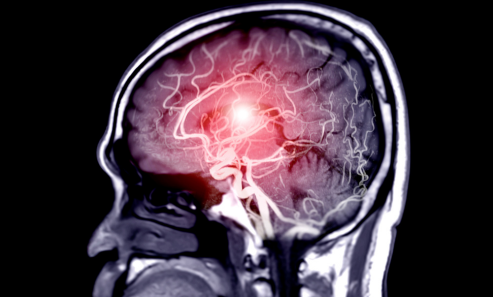



Here’s a detailed guide on Aneurysm, covering its types, symptoms, risk factors, causes, prevention, treatment, and procedures.

An aneurysm is an abnormal bulge or ballooning in the wall of a blood vessel. It occurs when the vessel wall weakens, causing it to expand under pressure. If left untreated, an aneurysm can rupture, leading to life-threatening internal bleeding or stroke.

Occurs in the blood vessels of the brain.
Can cause stroke or subarachnoid hemorrhage if it ruptures.

Occurs in the aorta, the large artery that carries blood from the heart to the body.
Subtypes include:
Thoracic Aortic Aneurysm (TAA) – In the chest area.
Abdominal Aortic Aneurysm (AAA) – In the lower part of the aorta.

Occurs in arteries outside the heart and brain, such as the legs (popliteal artery), arms, or neck.

Develops in the heart’s ventricles (usually the left ventricle) after a heart attack.

Occurs in the splenic artery (blood vessel to the spleen).
Common in pregnant women and people with portal hypertension.
Aneurysms often have no symptoms until they rupture. However, some unruptured aneurysms can cause:
Severe headache (thunderclap headache).
Vision problems (blurred or double vision).
Neck pain or stiffness.
Nausea and vomiting.
Loss of consciousness or confusion.
Back or abdominal pain.
Chest pain or pressure.
Hoarseness or cough due to pressure on the airways.
Difficulty swallowing.
Several factors increase the risk of developing an aneurysm:

Aneurysms can develop due to:
Constant pressure weakens artery walls.
Causes hardening and weakening of blood vessels.
Some people are born with weak artery walls.
Bacterial or fungal infections in blood vessels.
Blunt force or penetrating injury can damage blood vessels.
Conditions like vasculitis can weaken artery walls.
While not all aneurysms are preventable, you can reduce your risk by:
Through a low-sodium diet, exercise, and medication.
Smoking weakens blood vessels and raises the risk of rupture.
Prevents plaque buildup (atherosclerosis).
Reduces strain on blood vessels.
Strengthens the heart and improves circulation.
For individuals with a family history or risk factors.
High in fruits, vegetables, and lean protein.
Treatment depends on size, location, and risk of rupture:
Beta-blockers and ACE inhibitors – To control blood pressure.
Statins – To reduce cholesterol and prevent plaque buildup.
Anticoagulants or antiplatelets – To reduce blood clot formation.
For small, unruptured aneurysms, doctors may monitor with regular imaging tests.
Lifestyle changes and medications may be recommended.


Minimally invasive procedure using a catheter inserted through the groin.
A stent-graft is placed inside the aneurysm to reinforce the artery and prevent rupture.
Common for aortic aneurysms.
Advantages:

An open surgery where the aneurysm is sealed off with a small metal clip.
Prevents blood flow into the aneurysm, reducing rupture risk.
Advantages:

A minimally invasive procedure for An open surgery where the aneurysm is sealed off with a small metal clip.
Prevents blood flow into the aneurysm, reducing rupture risk.
Advantages:
cerebral aneurysms.
Tiny coils are inserted into the aneurysm to block blood flow.
Advantages:

Traditional open surgery to remove or repair the aneurysm.
Used for large or complex aneurysms.
Advantages:

Hospital Stay:
Full Recovery:
Lifestyle Modifications:
Medications:
Regular Follow-Ups:

Shorter recovery time.
Lower risk of infection.
Less pain and scarring.
Quicker return to normal activities.

Emergency surgery is required if the aneurysm:
Ruptures – Causes sudden, severe pain, unconsciousness, or stroke.
Grows rapidly – Increasing the risk of rupture.
Causes severe symptoms – Such as chest pain or neurological issues.